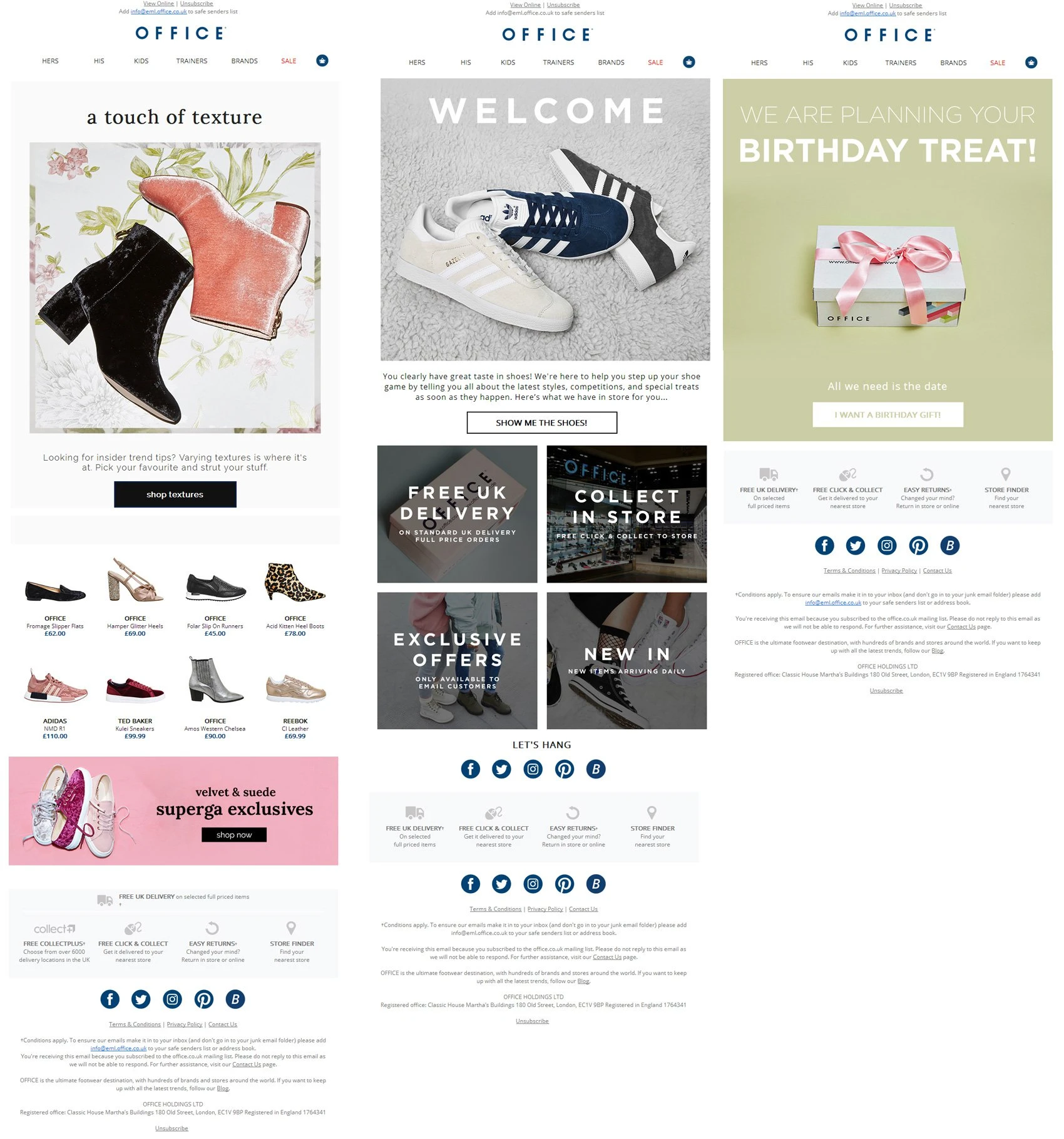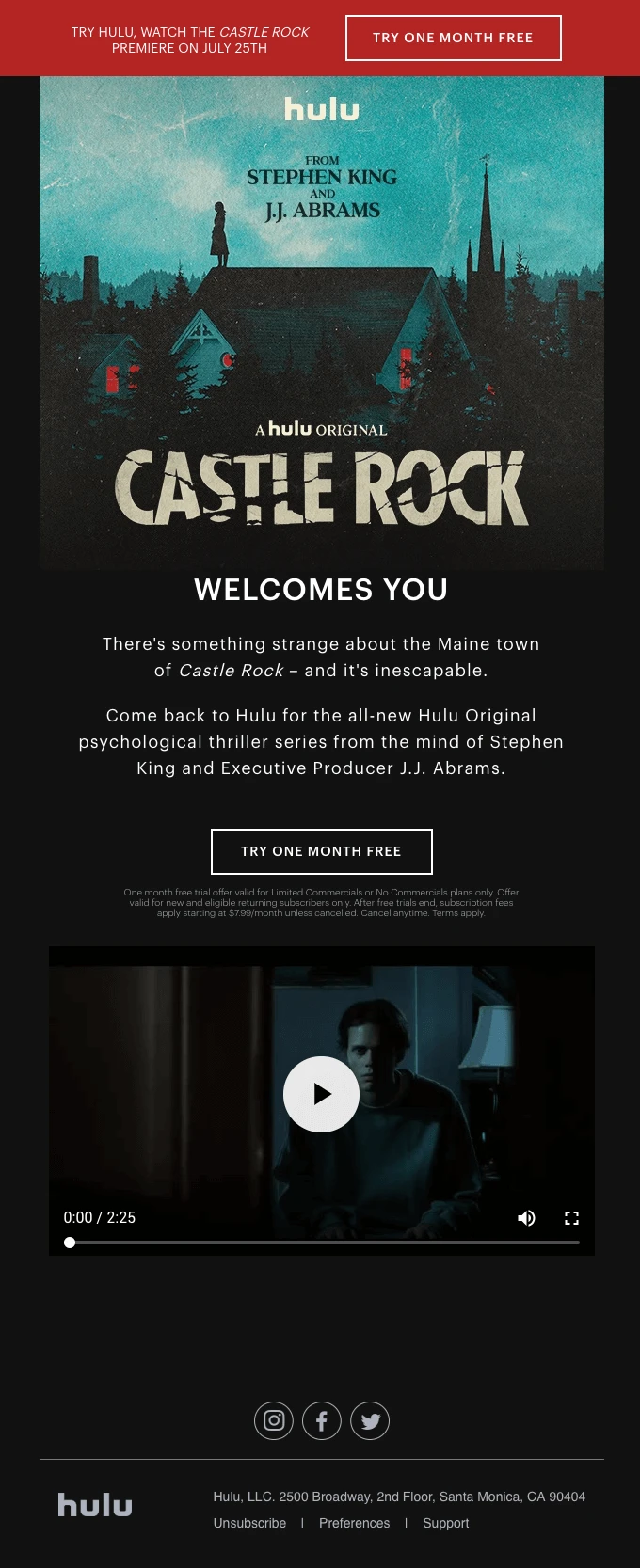Expert tips on how to ease your email production workflows

Have you ever received an email where the images would not open or the design was such that the text would overlap when you opened it on a mobile screen?
We're sure you did not have a positive reaction to that email. Now imagine the emails that you send to your users. What if they were facing the same issues? How would that affect your reputation?
For a good open rate, it is important that you draft precise and relevant emails that are professionally designed and are consistent with your company’s image and branding. This is exactly why you need an email production workflow, which will ensure the quality and timely delivery of your emails.
Marketers at companies with 500 or more employees have 12.4 emails in production at any given time on average. 49% of brands spend weeks producing an email.
Considering the disparity in the timelines and diversity in the email production workflow, there is a need to standardize the workflow, which will help you make the whole process seamless.
Even small businesses with a few emails in development can benefit from a standard workflow.
Below are a few expert tips. If followed correctly, they will help you keep newsletter errors at bay. Are you ready to get started?
Set the right goals
If you are not aware of how you want your subscribers to react when seeing your email or what you want them to do after reading the email, then your campaign is facing a significant issue.
It is directionless, and you won’t get optimal results by running this campaign. Instead of wasting all your time and efforts working on an email marketing campaign directly, it is better to take a step back and work on your goals for the campaign.
Start with the question: what is that one action you want the subscriber to take after reading the email?
The answer to this question will help you get an idea of how the campaign should be strategized. There are other things that you need to think through at the goal-setting stage: the purpose of sending the email and how the subscriber will benefit from it.
Determine the target audience
The “who” in your email marketing campaign can help ease the production process.
You will know just how many emails you need to send to that group, once it is determined, making the automation easier and more effective for you.
It also helps establish the content flow, the kind of language you need to use, as well as the design of the campaign at an early stage, thus making the entire campaign strategy seamless for you.
Prepare a calendar
The next important step towards a perfect strategy for your email campaign is setting up a calendar with the tasks and the deadlines. Yes, it pays off when you have deadlines for the email campaign you are planning.
Think through your email marketing strategy first, which just means the number of emails to be sent and the flow of the emails.
CoSchedule is one tool that you can use to keep track of all the emails within the campaign, stay on top of your email deadlines, and even organize email lists. The best part about this tool is that it can be easily integrated with your email marketing platform.
Take the example of a welcome email. You can make it a 3-part series, of which the first part involves welcoming the subscriber and taking them through your brand and its virtues.
Here’s a welcome email series by Office to inspire you.

In some cases, you can also offer subscribers discounts or vouchers. Take a look at the email example by Herschel.

Once the email series and the types of emails to be sent are determined, start assigning the tasks to the different people in the team. Give each team/person a deadline for the work. A project manager should be appointed to take care of the execution. You can use a project management software like Trello or Monday to manage your projects.
Draft the content
Content is the most critical part of the email.
We have already chalked out the goals for this email campaign and defined the target audience. It is now easier for you to draft the content and work on personalized campaigns for the target audience.
When working on the content, remember that it should be clear, simple and accessible. The call-to-action, which is the most essential part of the email copy, should be clearly visible and actionable. It should provoke the action you desire from subscribers.

Personalization is an integral part of content creation. Emails with personalized content have a 5% increase in open rates. The above email sets an apt example of how personalized content works. The is specifically addressed to the person-in-concern with stats that talk about their experiences with the brand.
This kind of content with a personalized subject line is more likely to be opened by the subscriber.
Streamline email design
Email design is an important component to crafting the right email campaign for your business. However, if reports are to be believed, it is email design that consumes the most production time. Therefore, it is important for you to plan out your entire email design process.
You can either use the off-the-shelf ESP templates or an easy-to-use drag & drop editor to guide your design process. If you are a designer, you can also use one of the many design software options such as Photoshop and Illustrator.
Once you have chosen the go-to method for your design process, start sketching the inclusions and the overall look for your emails. Make sure you have chosen the right color scheme, theme and fonts for your email. Remember to establish timelines for each aspect of the design, including approvals.

Simple fonts and basic theme make this email stand out. The actionable button, in this case, is “try one month free” which is very visible and provokes action.
Build your code
Next after design comes coding. If you are planning to include GIFs or any other feature in the email, the coding might take a little longer than usual.
The coding time needs to be noted for individual emails as well as the entire campaign. The coding process should also include the actual coding, the edits that you need to process and the approval stage.
There are various tools available so that you can code and convert your designs into HTML-based emails. Zurb and Bee Free are some examples of these tools. If you have an ESP, you can always use the coding tools offered by them to speed up the process.
Test your emails
Do you think that your newsletter is optimized for mobile? Think again.
One in five emails is not mobile-ready. Do you know why this happens? You don’t test your emails properly for all devices and email service providers.
When planning your email production workflow, include a testing phase. Even pre-tested email templates should be checked before sending to the subscriber.
You have various tools and software available to help you preview an email before you send it. Email on Acid and Litmus are two tools that allow you to test your emails. They are preview tools with a one-day free trial period and allow you to check your emails on the popular as well as not so popular email clients.
Can you see your images in the email? Check for typos, design alignment and other issues that generally occur.
Establish different workflows
Not every campaign has the same automated workflow. For instance, the welcome email workflow will be different from the lead nurturing workflow, which will be completely different from the re-engagement workflow. The email series, the frequency and the goals that you aim to achieve from these three would be completely different from each other.
Here are a few workflows that should be part of your email marketing:
Welcome emails
Engagement emails
Re-engagement emails
Lead nurturing emails
Sales workflow emails
Cart abandonment emails
When defining the email production workflow, make sure you account for the different types of email campaigns and automated workflows you have set up for them individually. This will help you nurture opportunities thoroughly and allow you to cater to the needs of the target audience without compromising on the quality or speed of the campaigns.
Optimize email campaigns
It is vital for you to optimize your email campaigns for various devices as well as for the target audience and their needs.
To optimize for the target audience, you can engage in A/B testing, which will help you know what type of emails really work with them. This will help you segment the list further to define the subscriber’s niche. This enhances personalization, thus increasing the open rates of your email.
There are a few A/B tests that will help improve your emails:
A/B testing of the subject line
Testing the call-to-action
Time and day to send the emails
Frequency of the emails
Assess email metrics
Sent your emails? Now, it is time to see if you have achieved your goals. If your goal was to make the subscriber click on the button you had inserted in the email page, then you need to check the visits via email for the page. Apart from that, you need to check on the open rates, the click rates as well as the bounce rates for your email to assess the success of the email campaign.
Summing up
An email production workflow will set you up with realistic goals and timelines for every process involved in crafting an email campaign. You will be able to measure the success of the email campaign and tweak campaigns to match your goals.
If your current email production workflow is not working, then it is time to conduct an audit and tweak the workflows for successful email campaign management.

Kevin George is Head of Marketing at Email Uplers, one of the fastest growing custom email design and coding companies, and specializes in crafting professional email templates, PSD to HTML email conversion and free HTML email templates. He loves gadgets, bikes, jazz and eats and breathes email marketing. He enjoys sharing his insights and thoughts on email marketing best practices on his blog.
